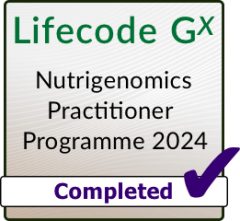Reference Number: 676
Year: 2020
Link: Link to original paper
Health: Gut Microbiome - Creating Healthier Bread to Support Optimal Gut Health
Nutrition: Prebiotic | Probiotic | Wheat dextrin | Whole grain
Yeast: Saccharomyces cerevisiae
Inclusions: Wheat (whole)
Summary
Production of leavened bread dates to the second millennium BCE. Since then, the art of bread making has developed, yet the evolution of bread-associated microbial species remains largely unknown. Nowadays, leavened bread is made either by using a pure commercial culture of the yeast Saccharomyces cerevisiae or by propagating a sourdough—a mix of flour and water spontaneously fermented by yeasts and bacteria. We studied the domestication of S. cerevisiae originating from industrial sources and artisanal sourdoughs and tested whether different bread-making processes led to population divergence. We found that S. cerevisiae bakery strains are polyphyletic with 67% of strains clustering into two main clades: most industrial strains were tetraploid and clustered with strains having diverse origins, including beer. By contrast, most sourdough strains were diploid and grouped in a second clade of strains having mosaic genomes and diverse origins, including fruits and natural environments. They harboured a higher copy number of genes involved in maltose utilization, and a high level of gene flow from multiple contributors was detected. Bakery strains displayed higher CO2 production than do strains from other domesticated lineages (such as beer and wine), revealing a specific phenotypic signature of domestication. Interestingly, industrial strains had a shorter fermentation onset than sourdough strains, which were better adapted to a sourdough-like environment, suggesting divergent selection by industrial and artisanal processes. Our results reveal that the domestication of bakery yeast has been accompanied by dispersion, hybridization, and divergent selection through industrial and artisanal processes.
Significance to the baker:
This study reveals that the genetic signatures of the starter strains depend on the type of domestication of the baker. The artisanal sourdough baking produces strains tend to make and utilise more maltose as an energy source compared to industrial strains. They also point out that the artisanal sourdough practice with the use of the bakers own hands adds to the diverse array of strains.

